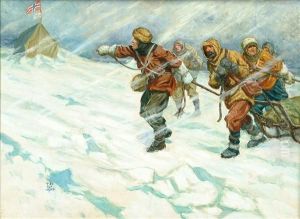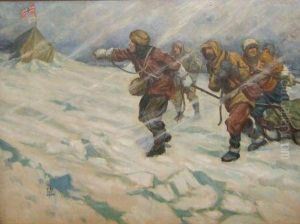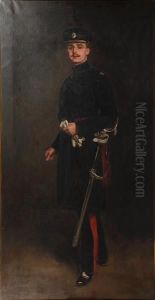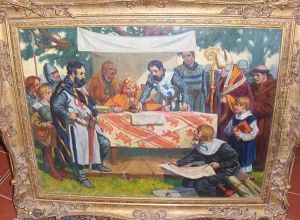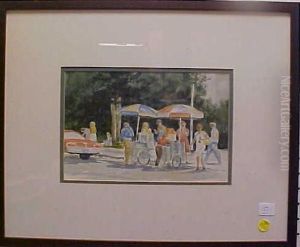Thomas Heath Robinson Paintings
Thomas Heath Robinson was an English illustrator and cartoonist, born in Islington, London, in 1869. He was part of an artistic family; his father, Thomas Robinson, was a wood engraver, and his brothers, Charles Robinson and William Heath Robinson, also pursued careers in art. William Heath Robinson is particularly well known for his humorous illustrations of complex machines designed to perform simple tasks. Thomas, often overshadowed by his more famous brother William, nonetheless carved out his own niche in the world of illustration.
Robinson's artistic education included studying at the Royal Academy Schools. He began his career working for magazines and would often be found illustrating books. Throughout his life, he worked on a variety of projects, ranging from children's books to more adult themes. His style was versatile, and he could adapt to the different demands of the projects he undertook.
During the late 19th and early 20th centuries, the field of illustration was flourishing, and Robinson contributed to this burgeoning art form with his detailed and imaginative drawings. He often worked in pen and ink but was also skilled in watercolors. His illustrations often contain a level of detail and whimsy that was typical of the time.
Robinson's career was not as publicly celebrated as that of his brother William, but his work was well respected among his peers. He continued to work as an illustrator throughout his life, contributing to both the literary and graphic arts until his death in 1954. His legacy, like many illustrators of his era, is preserved in the pages of the books and magazines to which he contributed, providing a window into the visual culture of his time.
